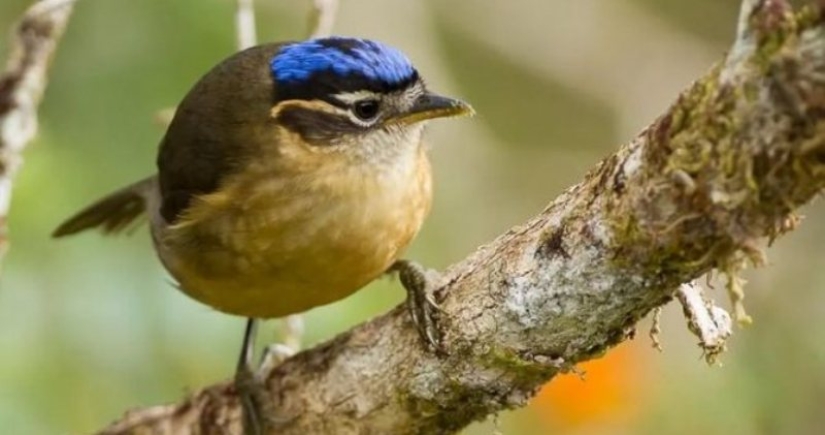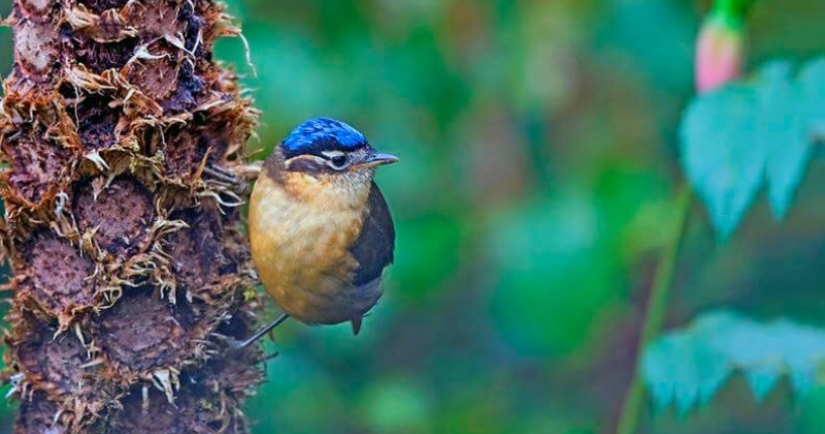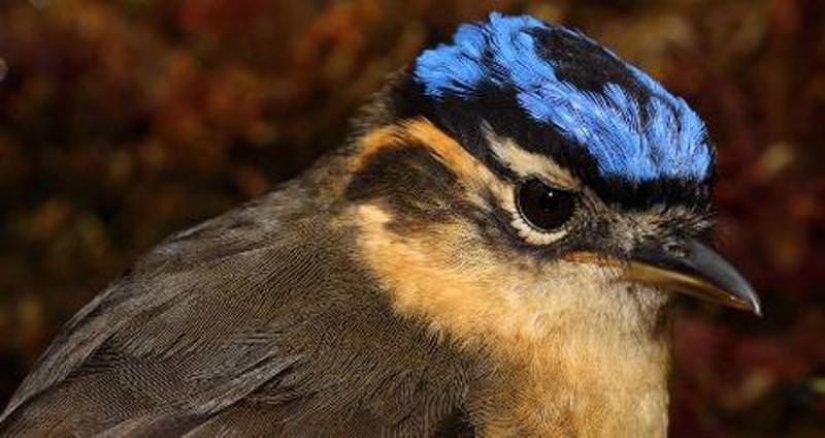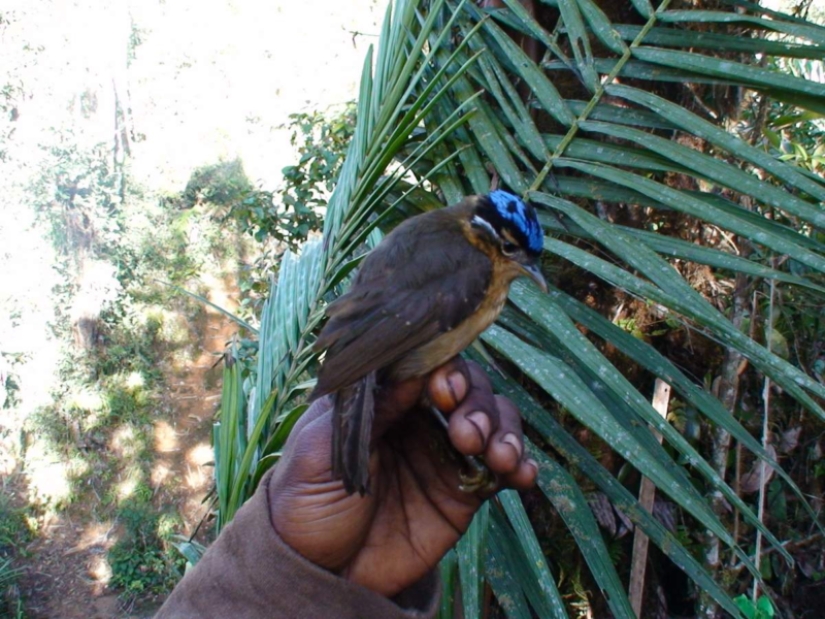Blue-headed ifrit: a small bird that kills with a touch
Since school, we know perfectly well that arthropods, reptiles, amphibians and fish can be poisonous. The most advanced will also name a couple of mammals, such as a platypus and a fat lori. But did you know that a bird the size of an ordinary sparrow can pose a danger? The blue-headed ifrita (Ifrita kowaldi) breaks all stereotypes and gives rise to new phobias among those who are afraid of poisonous creatures.

Fortunately, we are not in danger of meeting with a poisonous bird, since the ifrita is endemic to New Guinea. Moreover, not every inhabitant of the jungle has seen it, since the halo of the habitat of these birds is very narrow. They are found in high-altitude moist forests at an altitude of 1500-3600 meters above sea level.

The Ifrita is a small bird, with a body length of no more than 16 cm. Among the bright tropical birds, it is simply lost, as it has an inconspicuous gray-yellow plumage. The only decoration of the bird is a bright blue cap on the head, and the males, in addition, can boast of thin "arrows" from the eyes to the temples.

The bird flies well, but at the same time prefers to move on foot, deftly climbing the branches of trees, thanks to its tenacious claws. There is nothing to be particularly afraid of the blue-headed ifrite, since the venom of one bird is able to paralyze an average-sized predator and kill a small one. Batrachotoxin, which protects the bird, can not take the life of an adult healthy person, but causes very unpleasant symptoms.

The bird does not bite, does not spit out poison and does not scratch the attacker with poisoned claws – it is completely covered with a toxin that is on its feathers and even paws. Batrachotoxin begins to act instantly, immediately when touching a bird – at first there is a numbness of the skin, and then the symptoms increase rapidly, affecting both the nervous and cardiovascular systems at the same time.
A small predator, even if it manages to survive after communicating with an ifrita,will not be able to fully recover. The toxin acts irreversibly and the victim remains partially paralyzed forever. A person usually gets off with temporary paralysis of the limb and extremely unpleasant attacks of angina pectoris. For a heart patient, an elderly person or a child, contact with a bird can also be deadly.
Scientists were surprised to notice that blue-headed ifrits placed in captivity lose their toxic properties very quickly. This allowed us to find out that the venom of these birds is not the product of any special glands, but is obtained by birds from the outside. By the way, photos of birds being held in their hands are usually taken in the aviaries of zoos, where birds are not dangerous.
The Poisonous beetle Choresine
In nature, insectivorous ifrits love to feast on poisonous beetles of the genus Choresine, which supply them with batrachotoxin. How the birds themselves do not die from the strongest poison, scientists have not yet been able to find out.
Keywords: Mountains | Animals | Birds | Insects | Poison | Toxins | Danger | New guinea
